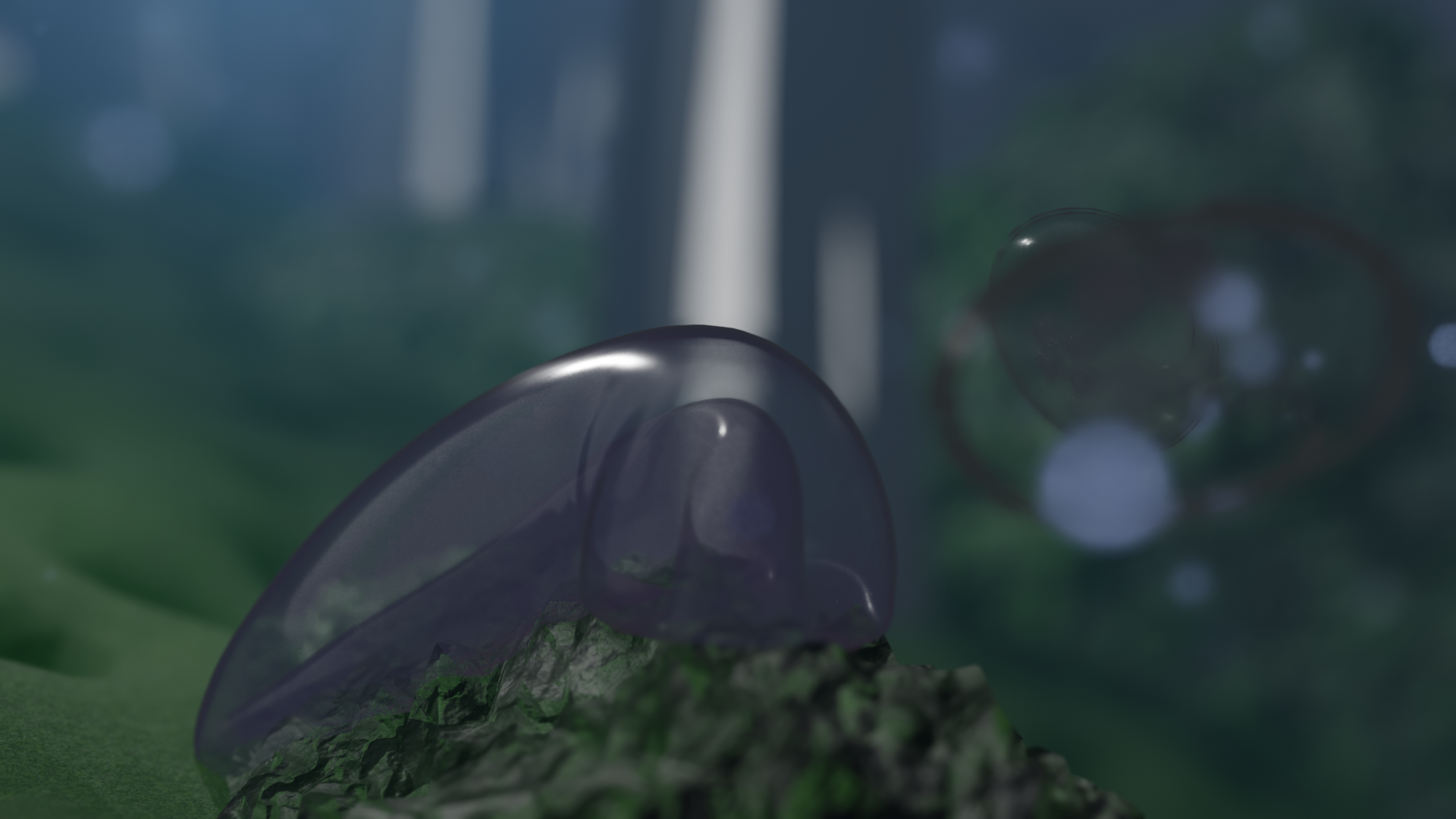Bottenmask
Name means: Bottom Worm
They possess elongated bodies and flat undersides that house an uncountable number of microscopic hairs called cilia. The cilia rhythmically undulate to make a mucus secreted by the organism flow forward, allowing the Bottenmask to glide along surfaces, much like smaller species of flatworms on Earth. With this method, they can reach a top speed of 15 meters per hour, which is more than enough considering their lack of predators and abundant feed in the form of detritus and Microbial Mats.
They possess elongated bodies and flat undersides that house an uncountable number of microscopic hairs called cilia. The cilia rhythmically undulate to make a mucus secreted by the organism flow forward, allowing the Bottenmask to glide along surfaces, much like smaller species of flatworms on Earth. With this method, they can reach a top speed of 15 meters per hour, which is more than enough considering their lack of predators and abundant feed in the form of detritus and Microbial Mats.
Basic Information
Genetics and Reproduction
Bottenmasks possesses two organs located around their posterior opening. Inside these organs, gametes are produced and stored, making them the reproductive organs or gonads as they shall be referred to. Females (those who release the larger gametes) periodically release their eggs along with an adhesive mucus on the sea floor. This creates a cluster of eggs swaying with the currents. The adhesive slowly degrades and releases its compounds into the nearby waters, which the males are highly receptive to. Once a male gets a whiff of eggs, they will either approach the cluster for reproduction purposes or consumption. If the eggs belong to a different species, it tends to be the latter. Otherwise, the male will most likely release his gametes onto the egg cluster, unless he is very hungry
Once the eggs are fertilized, they will develop quickly. Within only a couple of days, the zygotes will resemble miniature versions of their parents and swarm the ocean floor with their numbers. Most succumb to either violent currents or larger bottenmasks. If a young bottenmask survives for about 4 weeks, it will reach sexual maturity and be able to continue the cycle.
Once the eggs are fertilized, they will develop quickly. Within only a couple of days, the zygotes will resemble miniature versions of their parents and swarm the ocean floor with their numbers. Most succumb to either violent currents or larger bottenmasks. If a young bottenmask survives for about 4 weeks, it will reach sexual maturity and be able to continue the cycle.
Dietary Needs and Habits
Cilia around the mouth create a current that directs food particles into the organism. Usually, their diet consists of either detritus (dead organic matter piling on the seabed) or the uppermost layers of the Microbial Mats. When organic matter enters the organism, it encounters a hollow tube running through the entire bottenmask. Inside this tube, henceforth called the digestive tract, is a combination of enzymes and beneficial Utankärna that break down the digested particles into their core components. Thereafter, the released nutrients will either be diffused through the digestive tract's membrane or forced through it by energized transport proteins. When inside the creature's open vascular system, the particles will be passively distributed throughout the organism. However, for the Bottenmask to proceed with its biological functions, it requires energy. This energy is attained through aerobic respiration, which requires sugars and oxygen. Sugars usually come with what the Bottenmask consumes, oxygen; on the other hand, can be siphoned directly from the surrounding waters. The problem is that the ambient concentration of the gas may fluctuate below the threshold of what a Bottenmask can survive. Therefore, they have evolved hemocyanin that both aids in taking up oxygen and storing it when it becomes scarce. It also has an added effect of making the innerds of Bottenmasks a blue-greenish hue.




Comments